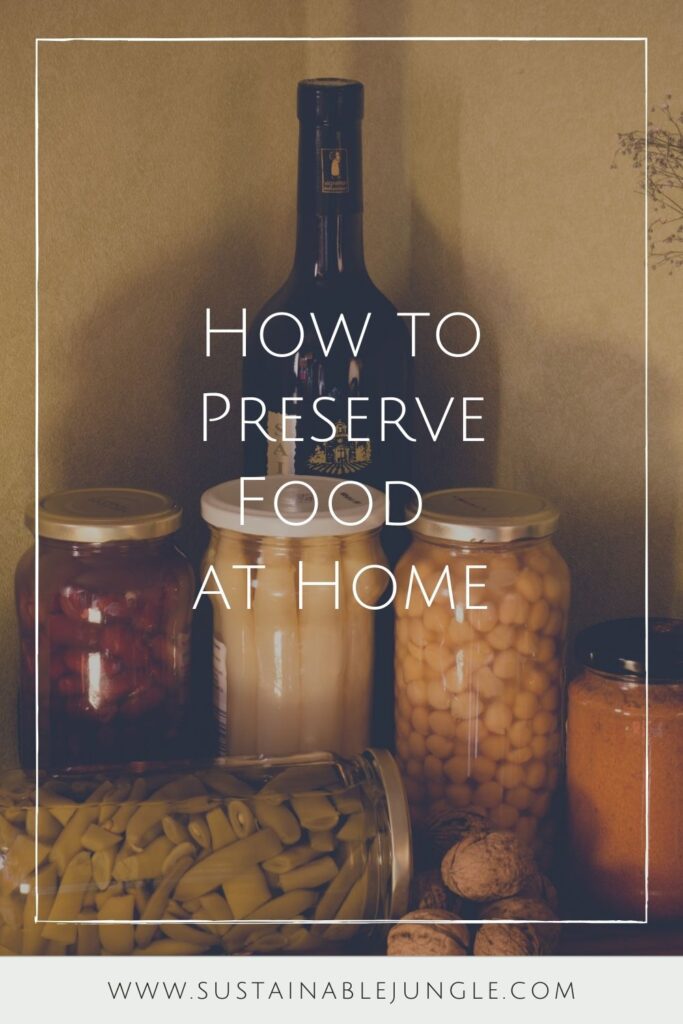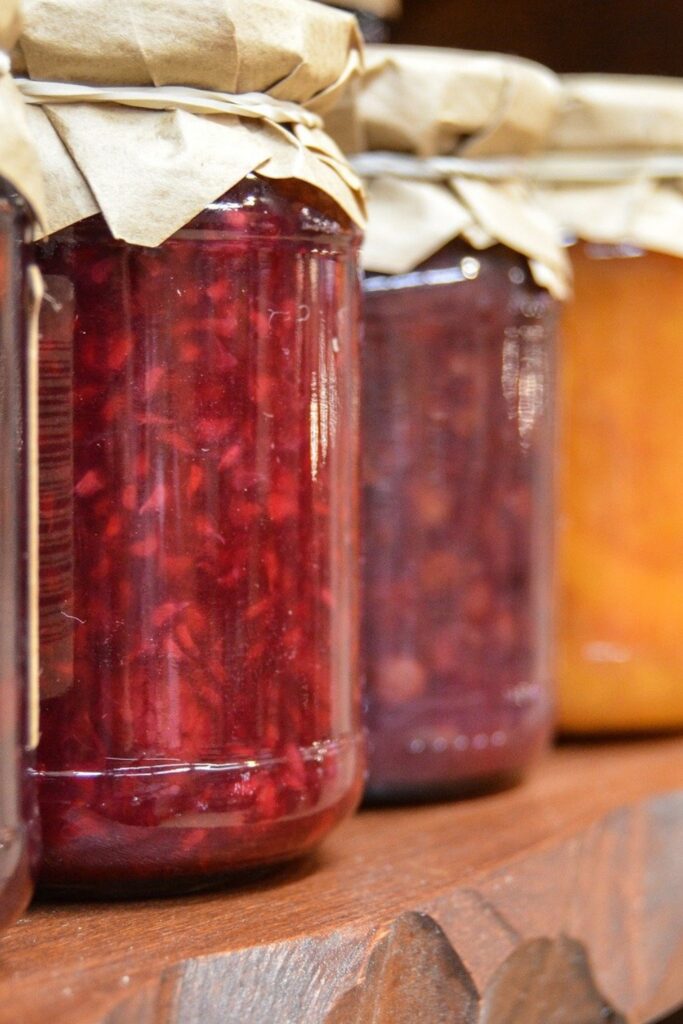
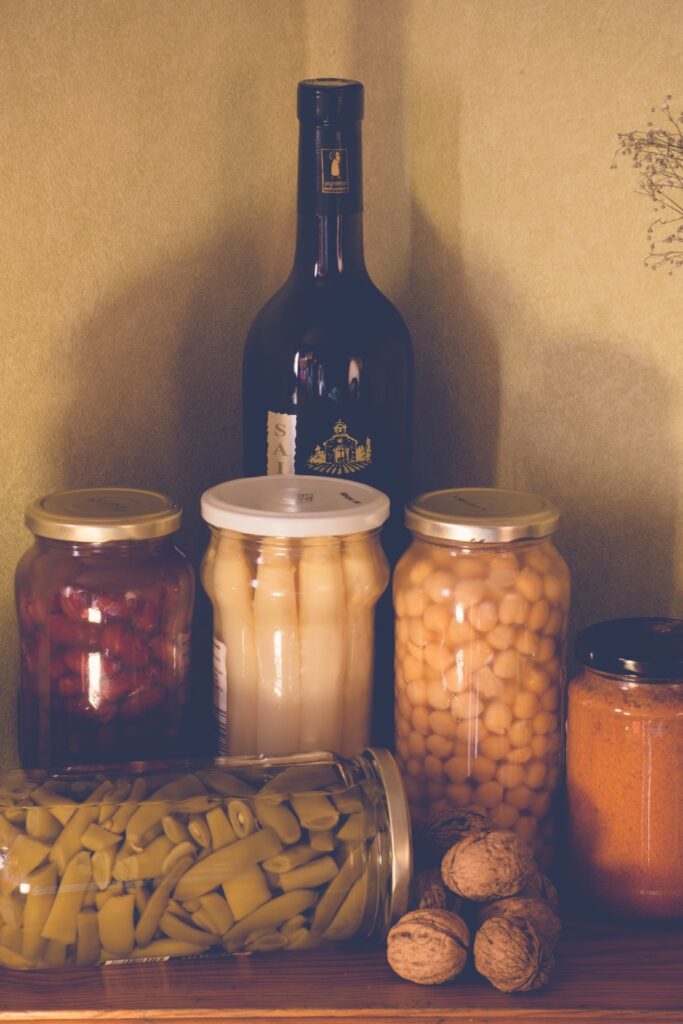
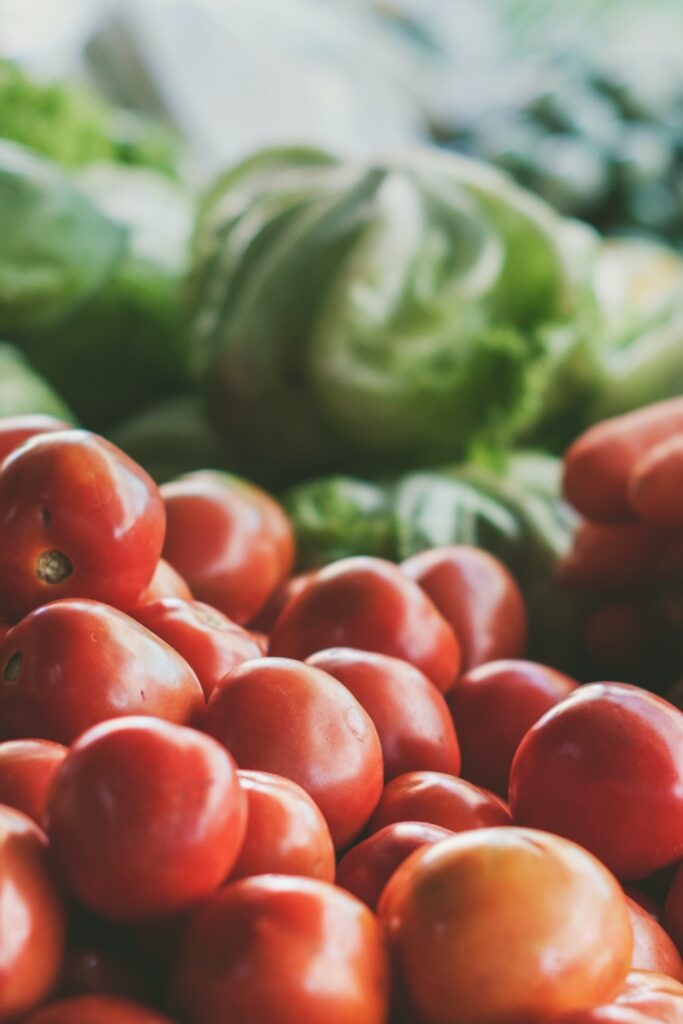
Preserve our Planet by Knowing How to Preserve Food at Home
Saving the planet can be a tasty job.
Learning how to preserve food at home is one of the easiest ways to prevent a lot of food waste… while also ensuring you and your family have healthy, whole foods on hand.
When we think of preserved foods, we often think of pre-refrigerator times when humans actually had to think about how to extend the life of our food—salted pork, anyone?
That or the synthetic preservatives we dare add to our food.
But, preserving doesn’t necessarily mean preservatives.
Technology has made it possible to eat nearly every food type year round, though some are worse than others. Those that are better are those that substitute chemicals with ideally plastic free food storage.
Refrigeration is the standard go-to food preservation strategy, but that doesn’t always minimize food waste. Food in the fridge might lurk for months or even years before we realize it’s grown into an unrecognizable fuzzy monster.
Sorry to ruin your appetite, but food waste is a big problem. So big, in fact, that global food waste amounts to a staggering 1.3 billion tons according to the FAO.
It gets worse.
The food waste equivalent of 1.3 billion baby humpback whales is also responsible for releasing around 3.3 billion tons of greenhouse gases every single year.
Now for the proverbial cherry on top: all this food waste isn’t only damaging our planet, but is also wasting tons of money. In America alone, the average family spoils 40% of food, i.e. they throw away $1,600 every year.
Think of all the affordable ethical clothing you could buy with that.
Fortunately, there are many ways to contribute to sustainable food systems—starting with learning how to preserve food at home.
QUICK LINKS FOR HOW TO PRESERVE FOOD AT HOME
1. FREEZING
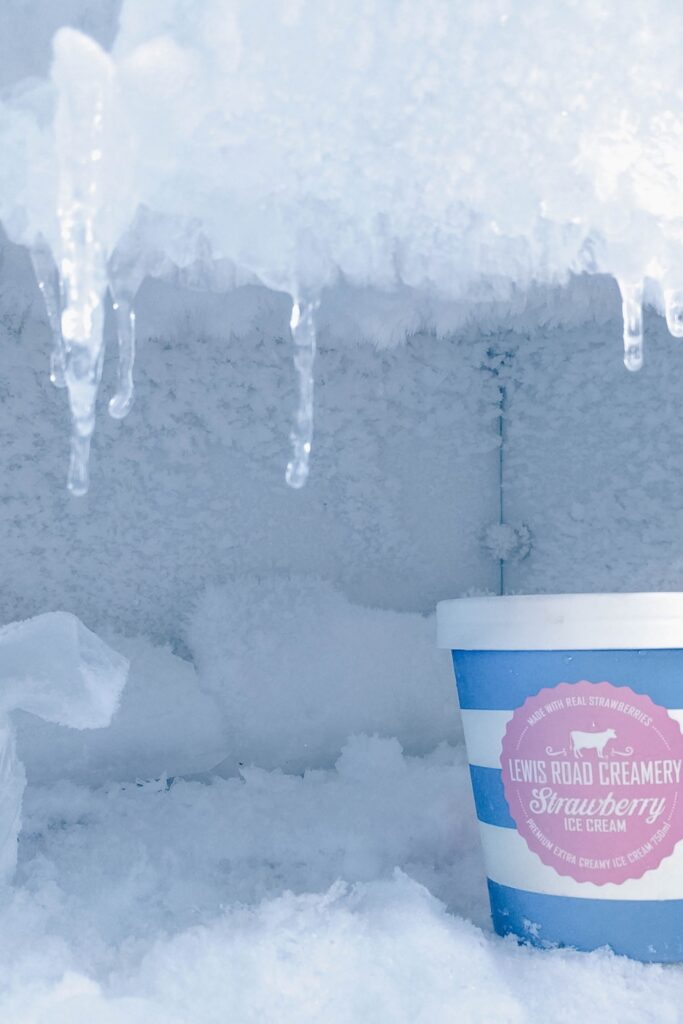
One of the easiest ways to preserve food comes in the form of a good old fashioned freezer.
For those who aren’t fans of DIY projects and multi-day food prep, freezing is the most convenient way to preserve foods. So much so that you’re already probably well accustomed to this solution.
Freezing also happens to be one of the best means for preserving food for the long term.
Why?
Because it essentially halts the growth of mold and bacteria on food, which is why things like bread last way longer in the freezer. Properly frozen food can be stored for months even years, depending on the type of food.
Before you start packing your freezer to the brim, consider a few tips:
Know what to freeze (and what not to)
Most types of foods freeze exceptionally well, but there are a few exceptions.
Cream-based items (yogurt, cream, custard, sour cream) or produce containing a lot of water (celery, lettuce, radish, cucumber, and melon) won’t do well in the freezer. While you can certainly freeze celery, don’t thaw it intending to pack it in your kids’ eco lunch bag with peanut butter and raisins.
Rather, use it for something like soup.
Some cooked foods may also deteriorate after time spent in the freezer, like cooked rice and noodles. Even meat can get the dreaded “freezer burn” if left frozen for too long (though that time frame is usually years).
Prepare produce before freezing it.
Without getting too sciency about it, fresh produce contains specific enzymes that help the fruit and vegetables ripen.
In a freezer, these enzymes will be slowed but not completely stopped, which means they may contribute to additional ripening (and ultimately spoiling) while in the freezer.
Blanching is an easy way to prevent this that won’t take up too much of your time. Just cook your vegetables in a pot of boiling water for 1 to 5 minutes, then plunge them in a bowl of cold (preferably ice) water for the same amount of time. Drain the water, pat dry, and freeze.
You won’t want to use the same process for fruit. Blanched berries? Yuck!
Instead, you can use ascorbic acid (vitamin C) to help preserve flavor and texture. This can be accomplished by either using a commercial mixture or lemon juice if you’re in a squeeze (pun intended).
Fully seal in durable packaging.
The packaging is just as important as the process.
To freeze your favorite foods you want to use containers that are moisture-resistant, durable, leak-proof, easy to seal, and won’t crack when exposed to low temperatures.
Hard to recycle plastic ziplock bags are the standard go-to but they aren’t very eco friendly or durable. Sealable silicone bags are a much better alternative. They’re flexible, won’t crack in the cold, and completely reusable.
Check out our guide on how to freeze meat without plastic.
For the rest, we could go on and on about how to freeze specific foods, but we’ll leave that to the experts at North Dakota State University who have prepared an extremely thorough food freezing guide.
2. PICKLING
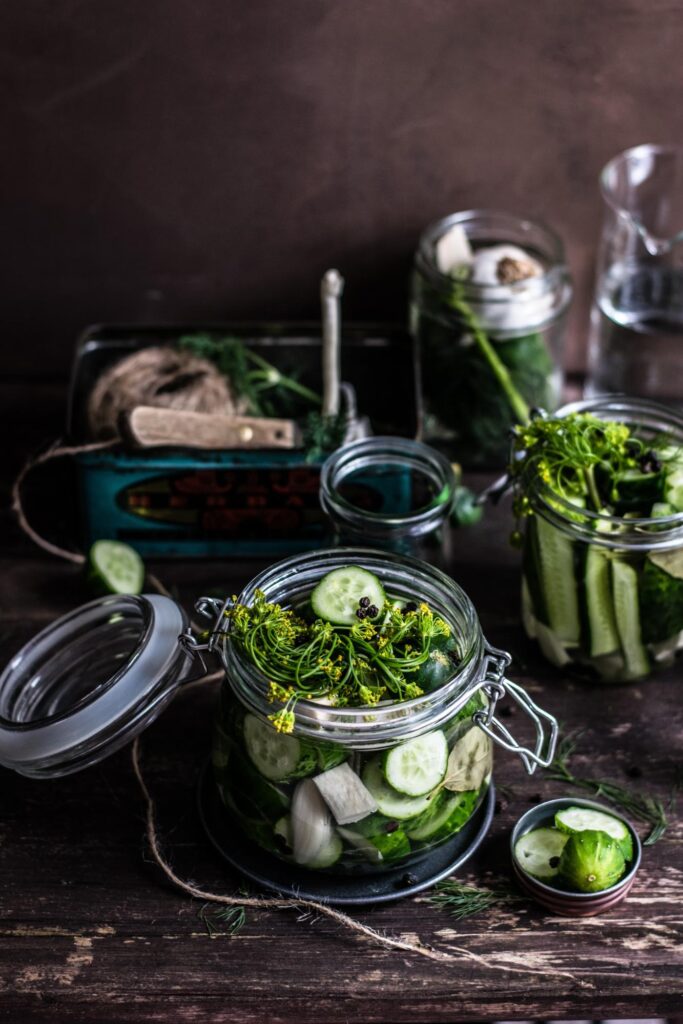
If you’re ready to take on slightly more challenging food waste hacks, pickling is hands-down the easiest and tastiest trick out.
Before you think “ooh, I hate pickles”, know that pickling isn’t just limited to cucumbers. Many types of fruits and vegetables can be pickled and saved for a tasty snack.
The list of possible picked foods is nearly inexhaustible but here some common ones: cucumbers (aka pickles), beets, jalapenos, olives, asparagus, ginger, onions, peaches, carrots, radishes, apples, snap peas, garlic, avocados, and even eggs.
Pickling is essentially a type of fermenting achieved by soaking foods in an acidic liquid (whereas fermentation involves a chemical reaction between sugars and bacteria).
Fermenting and pickling have been around for a long time. In the Mesopotamian era, fruits and vegetables were submerged in salty liquid so they wouldn’t spoil during long voyages at sea.
Even today, pickled treats are served with traditional meals in countries around the world, served atop soup or spiced on the side of a dish.
Here’s how pickling works:
- Wash and clean your jars. Glass is best as it won’t absorb flavors or leach BPAs. Try pickling if you’re looking into how to preserve food in mason jars.
- Prep (i.e. washed and cut) refrigerator chilled fruits or vegetables. For vegetables with thicker skin, peel them or cut them into smaller pieces. Vegetables like radishes can be pickled whole, but the produce absorbs the brine easier if cut into smaller pieces.
- Here’s where you can get creative. Submerge your vegetables or fruits in brine. There’s no shortage of brine recipes on the internet, but it will essentially contain a proper ratio of vinegar, sugar, salt, water, and aromatics.
- Once the vegetables have been submerged in your brine, chill or refrigerate. It usually takes a minimum of one week for the item to take on that sour flavor characteristic of pickling. Use the taste test to figure out the right time for different vegetables.
- Pickled goods generally stay fresh for around two months in the fridge (once opened that is; if you actually vacuum seal your jars, they’ll stay good even longer).
Pickled produce can spice up any meal, like sauerkraut on a hot dog or pickled ginger on sushi. To “kill two birds with one stone” use your pickled products to make drab leftovers exciting again.
3. FERMENTING
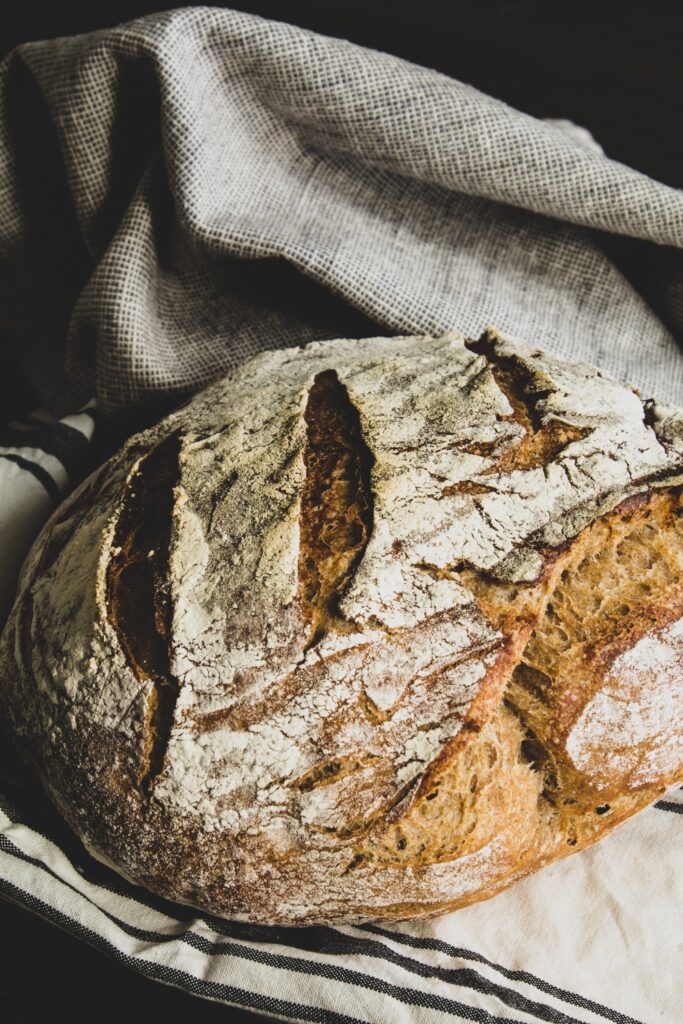
Pickling and fermenting are very similar and both food preservation solutions result in an end product that’s tangy and delicious.
As mentioned above, the difference between the two is that pickling requires the addition of an acidic liquid which contributes to its sour flavor, whereas the sour taste of fermented foods is the result of a chemical reaction in the food itself.
When we ferment foods, we induce bacteria to react in a way that is naturally present in our environment and the sugars inside food (or sugars added to it, depending on what you’re making).
Because a lot of variables have to be just right, fermenting is one of the more challenging ways to preserve food at home, but also one of the most fun. Still, some types of fermentation are easier than others.
If you’ve been wondering how to preserve food with salt, you can use salt to make the most basic type of fermented food (here’s a good recipe for easy fermented vegetables). This process is very similar to pickling but will provide the additional benefits of some good-for-you probiotics.
Beyond basic fermented vegetables, fermentation is the secret sauce behind many of our favorite foods. If you’re curious about trying to make them on your own, here some of our favorites, along with helpful recipes.
Sourdough bread:
While not a food preservation strategy (although sourdough bread does last longer than store-bought bread), this is likely the most recognizable version of fermented food.
We eventually got caught up in the sourdough hype of 2020 ourselves and used this guide to make it all happen.
SPOILER ALERT: the aroma of freshly-baked bread is so intoxicating and you’ll want to bake daily, so make sure you have enough hungry mouths to feed your bread-baking habit!
Kimchi:
For wrinkly carrots or a desire to use that cabbage before it’s long forgotten, there’s no tastier way to prevent food waste than by transforming it into kimchi. We like this easy vegan recipe from Minimalist Baker. It will stay fresh for about a month, too.
Lacto-fermented mixed vegetables:
If pickling vegetables caught your eye and you want to take it to the next level with something that contains beneficial bacteria like lactobacillus, these are for you.
Vegans don’t let the name deceive you; these don’t contain dairy.
This recipe makes use of red bell pepper, carrots, cauliflower, and garlic and will extend their life to at least a month.
Kombucha:
Who doesn’t love a healthy good-gut soda alternative?
Kombucha is basically tea and fruit or vegetable juice fermented into a fizzy probiotic beverage using a bacterial mass called SCOBY (symbiotic culture of bacteria and yeast).
Homemade kombucha and (how to flavor kombucha) starts with the same basic brew process but features a second fermentation stage where you get to add whatever flavors you can possibly dream of to carbonate your creation.
Depending on ambient temperature, sugar amount, and your preference of sugary-to-vinegary, the whole process takes anywhere from 10 days to a month.
4. DEHYDRATING
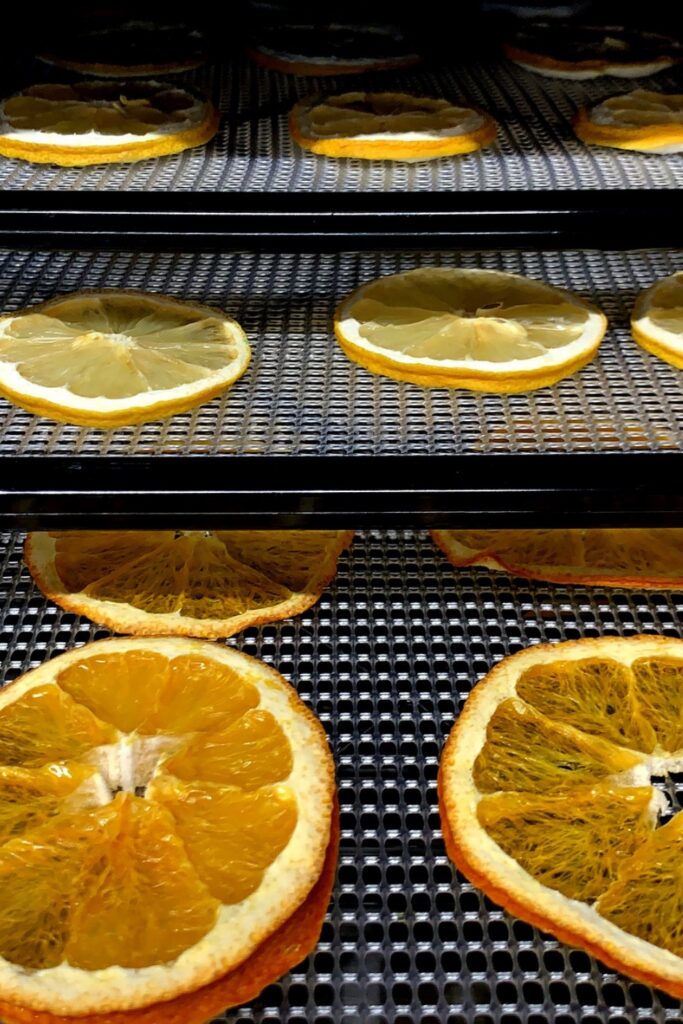
We’ve all eaten dehydrated foods.
These come in the form of herbs and spices, teas, dried fruits, and beef jerky—to name just a few.
Even without any fancy tools, many dehydrated foods are simple to make and provide one of the best tricks to extend the life of food.
Here are a few ways you can go about preserving some of your favorite foods:
- With an oven: A simple, no-fuss solution that almost anyone can use if they want to transform fresh food into (almost) forever food. You can dehydrate vegetables, apples, blended fruits (for fruit leather), bananas, and even meat by placing in the oven for a few hours at the lowest temperature possible.
- With a dehydrator: For a quicker process and the ability to dehydrate nearly anything imaginable, invest in a dehydrator. You can make dried fruits, dried kale chips, dried broth, dried granola, homemade tempeh, dried flowers, dehydrated mushrooms, and so much more.
- With the sun: While dehydrating some things (like herbs) directly in the sun is not recommended, you can capture the sun to dehydrate foods by making your own DIY solar-powered dehydrator. For those with space, time, and a knack for DIYs, here are plans for a solar food dehydrator.
5. CANNING
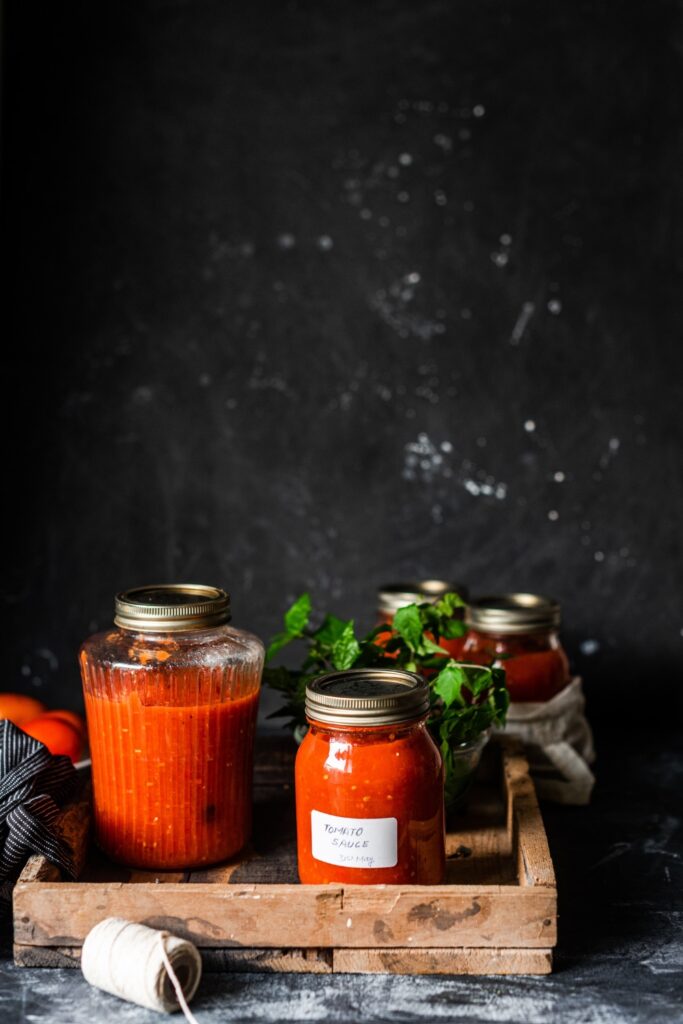
Here’s another option for how to preserve food in mason jars.
Canning, when done properly, is a safe way to preserve food for long periods of time. There’s a reason doomsday preppers usually have loads of canned goods.
Canning works by heating foods in jars to a temperature that kills microorganisms that could pose health concerns, while also inactivating enzymes that cause food spoiling.
Unlike some of these other food preservation techniques, safe home canning requires a bit of research and some specific tools. Unfortunately, unsafe canning has led to cases of botulism, a type of food poisoning caused by a bacteria called Clostridium botulinum.
For this reason, we recommend you take the time to familiarize yourself with the process and buy any appropriate tools so that you don’t put yourself at risk.
We’re admittedly not canning experts by any means, but here are a few safe canning methods to get you started:
- Boiling water bath method: Fruits, some vegetables, jams, and other preserves can be put in a jar and covered completely with boiling water to preserve. However, it’s important to know the water bath will only work for foods that are high in acid (pH of 4.6 or less) so spores that cause botulism can’t grow. For foods around that level of acidity, add additional citric acid or lemon to be safe.
- Steam canning method: An atmospheric steam canner can be used with foods with a similar pH (still not suitable for alkaline foods like meat and vegetables). This process works similar to a water bath, but prepared jars are put on a rack above water and the steam treats the jars. This requires less water, time, and energy.
- Pressure canning method: For everything else (including foods with a pH greater than 4.6 if you have the option), a pressure canner can be used. The jars are added to water inside of a pressure canner, which is then heated to a temperature of at least 240℉ (higher than the temperature of boiling water, 212℉).
6. JUICING
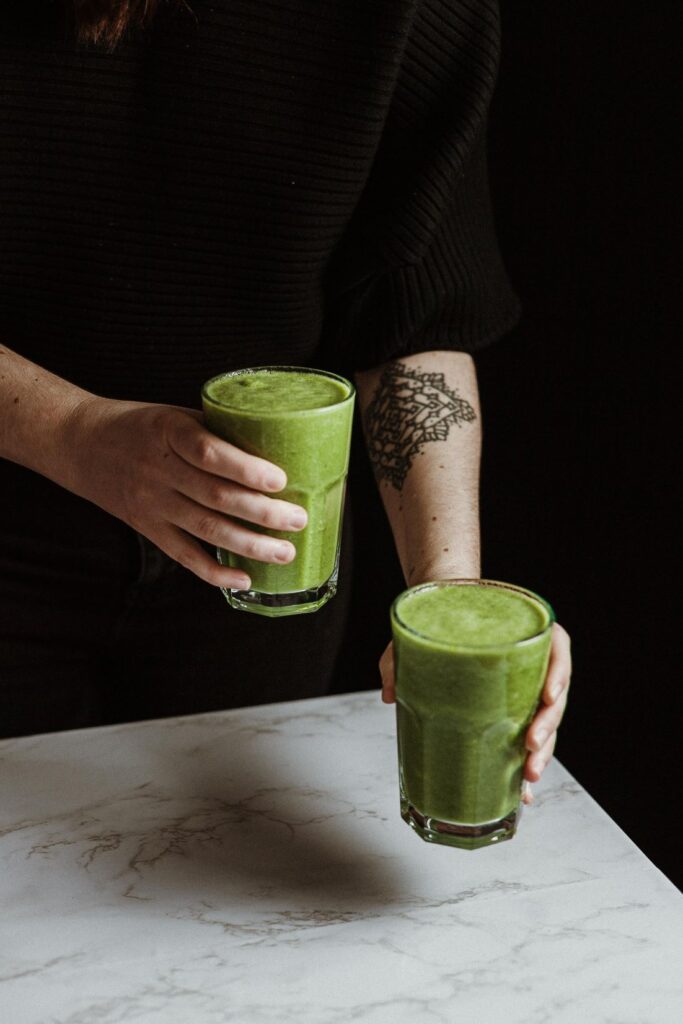
Despite your best efforts to keep produce fresh, some food gets passed the goalie and before we know it, we’ve got soft apples or wilted kale.
But just because food loses form to the point that we wouldn’t necessarily want to eat it raw, doesn’t mean it’s no longer edible.
Most expired fruits and vegetables (from soggy cucumbers to dried out carrots) can be given another couple weeks of life simply by juicing them.
Use these juices in smoothies, soups, kombucha, or just to drink. There are so many tasty juice combos you can make.
The only hitch to this method is that you’ll need a blender or juicer.
7. CURING
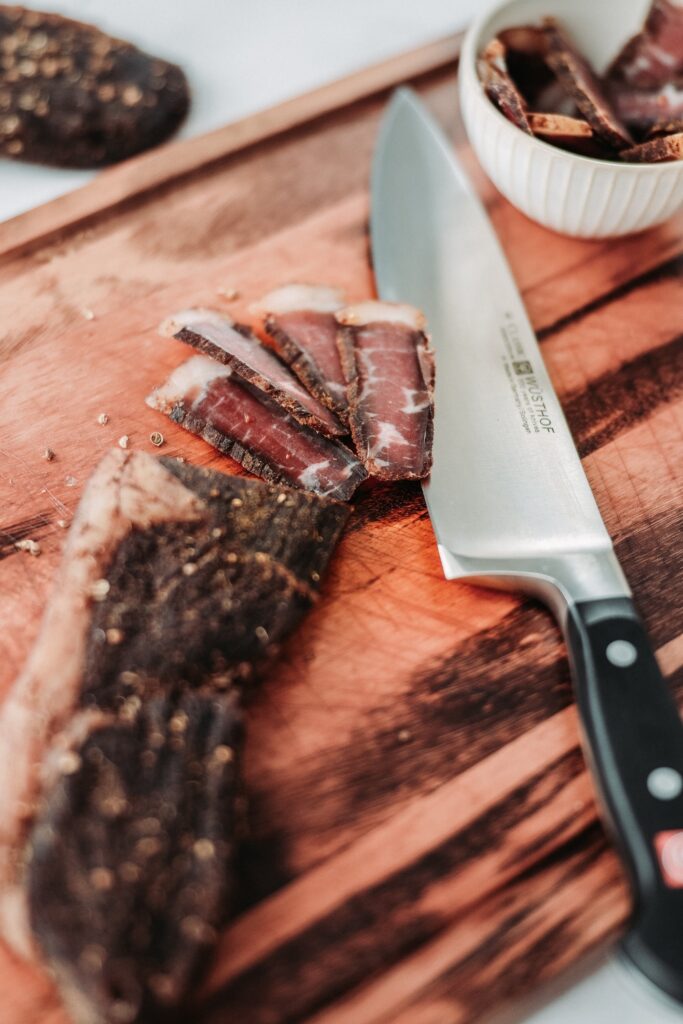
Curing is one of the oldest methods for preserving food, though its application is limited to meat products.
According to The National Center for Home Food Preservation, “curing is the addition to meats of some combination of salt, sugar, nitrite and/or nitrate for the purposes of preservation, flavor and color.”
There are a few ways to go about this. The ingredients can be rubbed directly onto the surface of the food, or they can be dissolved in water to create a brine. Some may also choose to inject brine into the muscle of large cuts of meat.
This minimizes the moisture in the meat, which also takes away the conditions required for bacteria to grow.
While nitrites have been associated with negative health effects, it is considered the best way to ward off potential complications from C. botulinum.
See this guide for all kinds of meat and fish videos, recipes, and cheat sheets about curing theory, required equipment, and instructions.
FINAL THOUGHTS ON HOW TO PRESERVE FOOD AT HOME
Pat yourself on the back because now you know how to preserve food at home!
Regardless of your culinary craft skill-level, you’re sure to find a method that works for you, whether that’s using your freezer more intentionally or perfecting food preservation in jars.
Ultimately, the best preservation strategy is to not need one.
Unless you have a summer veggie garden that’s just bursting with abundance or you want to take advantage of seasonal favorites at your local farmer’s market, try to only buy food you’re sure you’re going to eat.
If you do end up with fuzzy tomatoes or slimy lettuce that can’t be preserved, add it to your compost bin instead. That way, it can still feed into the circular economy for your home’s next summer’s veggie garden!
